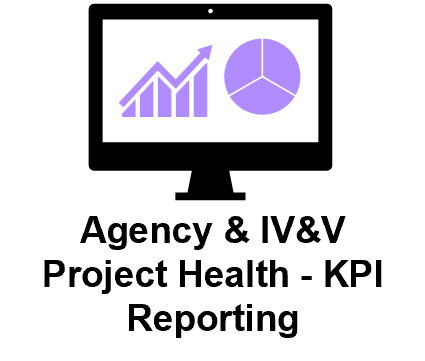New Features & Enhancements!
• Legacy GEMS tools only served internal EPMO users & Agency users who were required to complete a monthly GEMS assessment.
• Historically, only two of seven, EPMO-Managed, Project Investment Lifecycle Operations (PILO 1 & 6) functions were supported.
• GEMS 2.0 contemplates the entire PILO and delivers capabilities that:
• Facilitate the capture of data for GTA-EPMO stakeholder groups
• Provide valuable data insights to EXTERNAL stakeholder groups (OPB, DOAS, SoG Agencies & GTA Leaders & business units)
• Project Closeout (PILO 7)- Lessons Learns & Benefits realization functions will continue ‘off-line’ & are planned for future releases!

GEMS 2.0 Capabilities:

Planning
The PIN is the onboarding point for agencies to identify all investment activities needed for project success. A PIN is required on all technology investments with an estimated $500,000 or greater total cost of ownership (TCO).

Pre-Procurement
Pre-procurement capabilities facilitated agency stakeholders with the submission and review of Business Cases, IT Project Approval Forms, Statements of Requirements and RFI, RFQ, RFQC, RFP, etc. documents for review and risk mitigation.

Procurement
GEMS 2.0 procurement capabilities assist GTAs EPMO with the internal tracking of Project Investment Lifecycle milestones from the point of posting a solicitation on the DOAS Registry through to the award stage.

Award
GEMS 2.0 procurement capabilities assist GTAs EPMO with the internal tracking of when a Case (submitted via a PIN) is awarded. Once awarded, the case is converted to a Project and active project monitoring and oversight are enabled.

Project Assurance
Project Assurance capabilities include risk assessment of the solicitation based upon information gathered in the PIN. PIN questions contain conditional logic that scores the project investment based upon Criticality, Complexity, and overall risk. Based upon the score, the applicable project assurance is assigned.

Project Oversight
Enables Agency & IV&V resources to complete project health assessments from a combination of quantitative and qualitative data inputs. Qualitative data is extrapolated from the KPI responses of multiple, autonomous, project stakeholder responses and subsequent analysis and scoring.


